⏲️ Estimated reading time: 4 min
Most Dangerous Venoms in the World: Top 10 Lethal Creatures. Venoms from certain animals can cause excruciating pain or even death in minutes. Discover the 10 most dangerous venoms in the world, from snakes to sea creatures, and how they affect the human body.
The 10 Most Dangerous Lethal Creatures Venoms in the World
When we think of danger in the animal kingdom, sharp teeth or powerful claws often come to mind. But nature’s most lethal killers often rely on something much smaller and harder to detect: venom. Here’s a detailed list of the most dangerous venoms known to science each capable of causing severe injury or death in humans.
1. Inland Taipan (Oxyuranus microlepidotus)
Also called the “fierce snake” or “small-scaled snake,” the Inland Taipan is considered the most venomous snake on the planet. A single bite contains enough venom to kill over 100 humans. Fortunately, this reclusive Australian snake rarely comes into contact with people. Its venom causes paralysis, internal bleeding, and organ failure.

2. Box Jellyfish (Chironex fleckeri)
Often found in waters around Australia and Southeast Asia, the box jellyfish is nearly invisible underwater. Its venom is incredibly fast-acting capable of causing cardiac arrest, paralysis, and death in under five minutes. The tentacles contain millions of nematocysts that deliver this deadly sting.

3. Cone Snail (Conus geographus)
Don’t be fooled by the cone snail’s pretty shell. This marine snail delivers a harpoon-like sting loaded with conotoxins that target the nervous system. Victims may experience pain, paralysis, and even respiratory failure there’s currently no antivenom available.
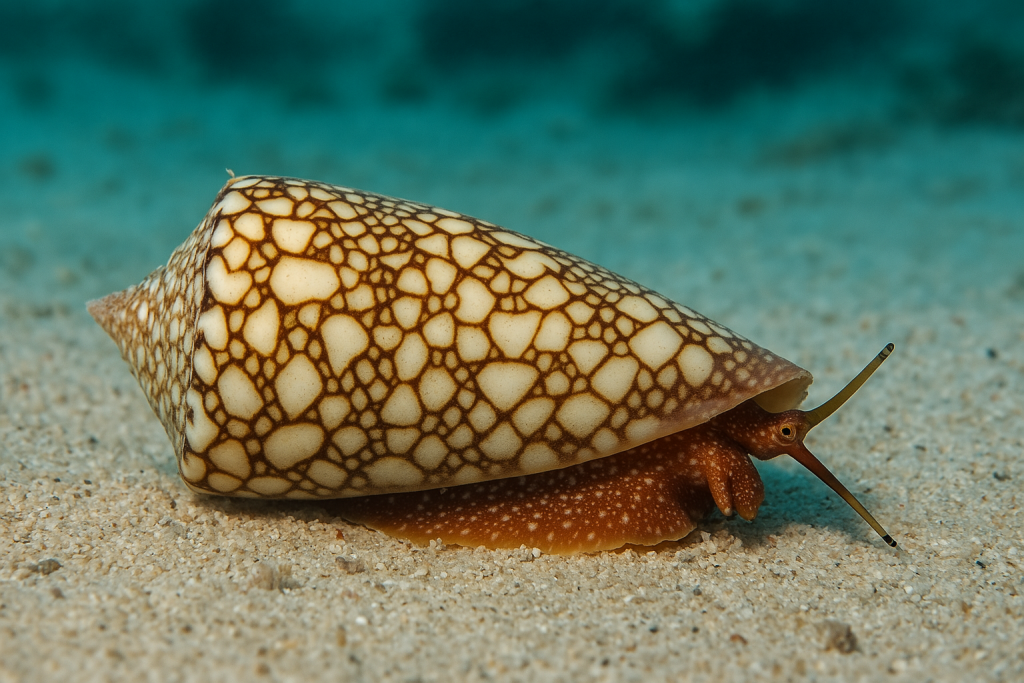
4. Blue-Ringed Octopus (Hapalochlaena)
This tiny, vibrant octopus carries venom with tetrodotoxin, one of the most potent neurotoxins known to man. Despite its small size, its bite can cause total body paralysis and death within minutes. There is no antidote, making prevention and awareness crucial.

5. Stonefish (Synanceia)
The most venomous fish in the world, the stonefish hides in plain sight on the ocean floor. Its dorsal spines release venom when stepped on, causing intense pain, tissue death, and potentially death if untreated. Anti-venom exists but must be administered quickly.
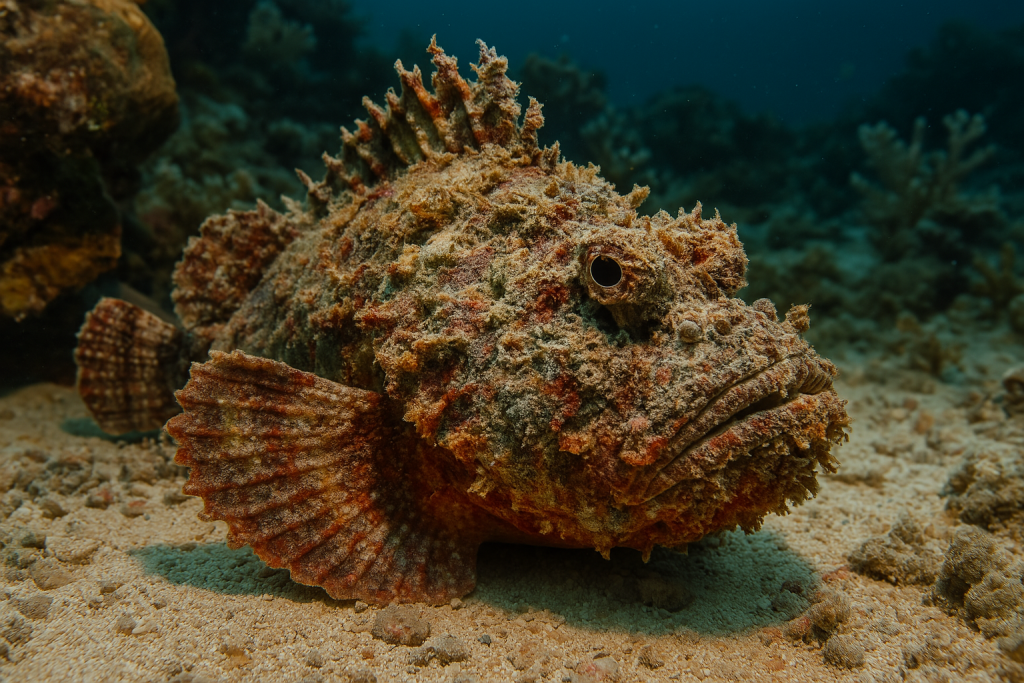
6. King Cobra (Ophiophagus hannah)
The world’s longest venomous snake can reach over 18 feet. A bite from a king cobra delivers enough neurotoxins to kill an elephant. The venom affects the victim’s respiratory centers, leading to death by suffocation.

7. Brazilian Wandering Spider (Phoneutria)
Also known as the “banana spider,” this aggressive arachnid’s venom can cause intense pain, muscle paralysis, and breathing difficulties. Though antivenom exists, the spider’s erratic behavior and high potency make it dangerous.
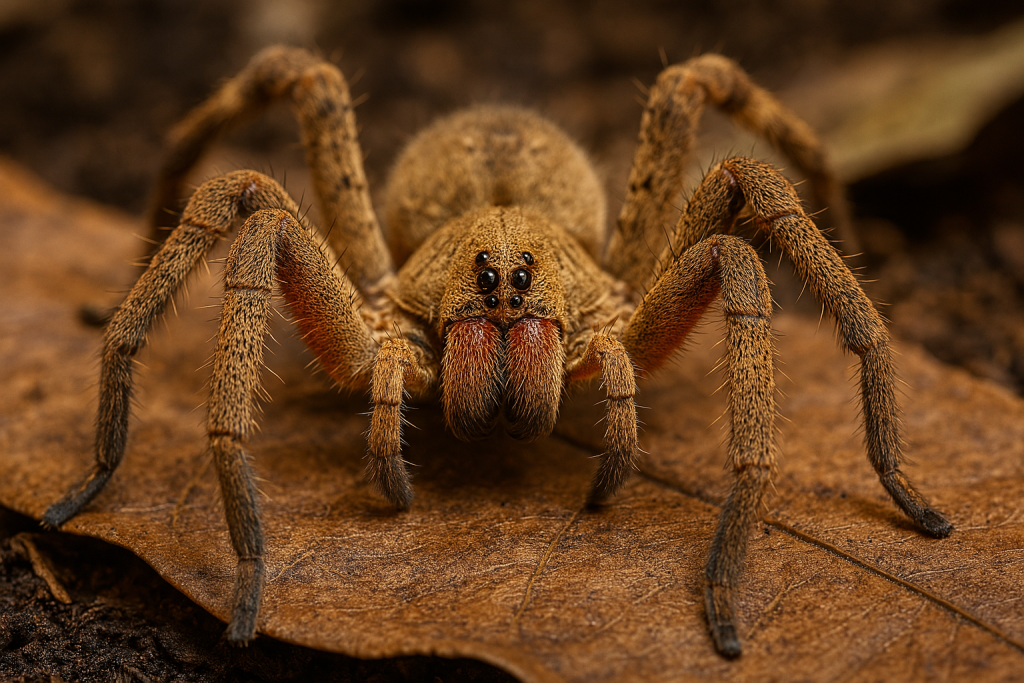
8. Pufferfish (Tetrodotoxin)
Popular in Japanese cuisine, the pufferfish contains tetrodotoxin a toxin 1,200 times more lethal than cyanide. Even small amounts can shut down the nervous system and cause death within hours. Chefs must be specially licensed to prepare it safely.
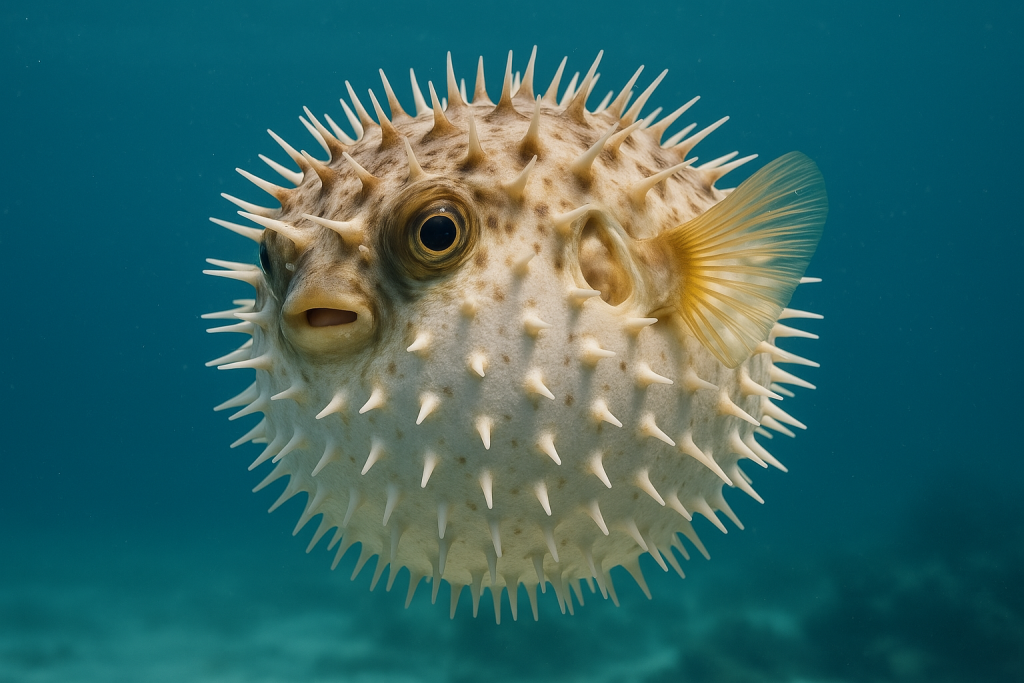
9. Deathstalker Scorpion (Leiurus quinquestriatus)
This desert scorpion packs a venom that includes powerful neurotoxins and enzymes. While rarely fatal for people, it can cause death in children if not treated promptly.
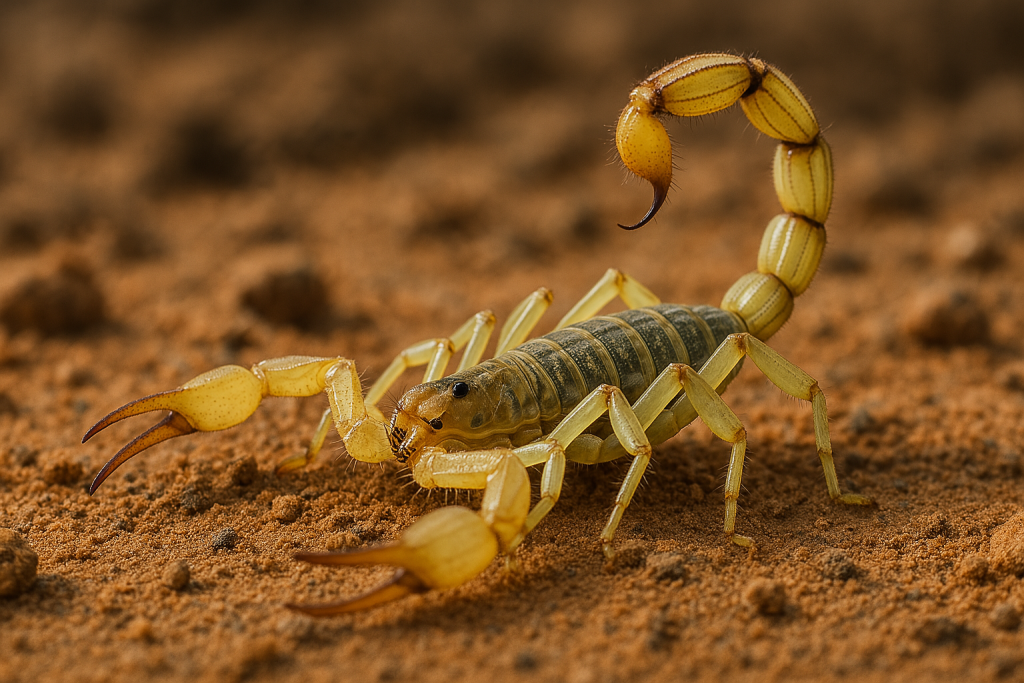
10. Sydney Funnel-Web Spider (Atrax robustus)
Found in Australia, the funnel-web spider is among the deadliest spiders worldwide. Its venom can kill a human in less than an hour by attacking the nervous system. Fortunately, antivenom is widely available in affected areas.
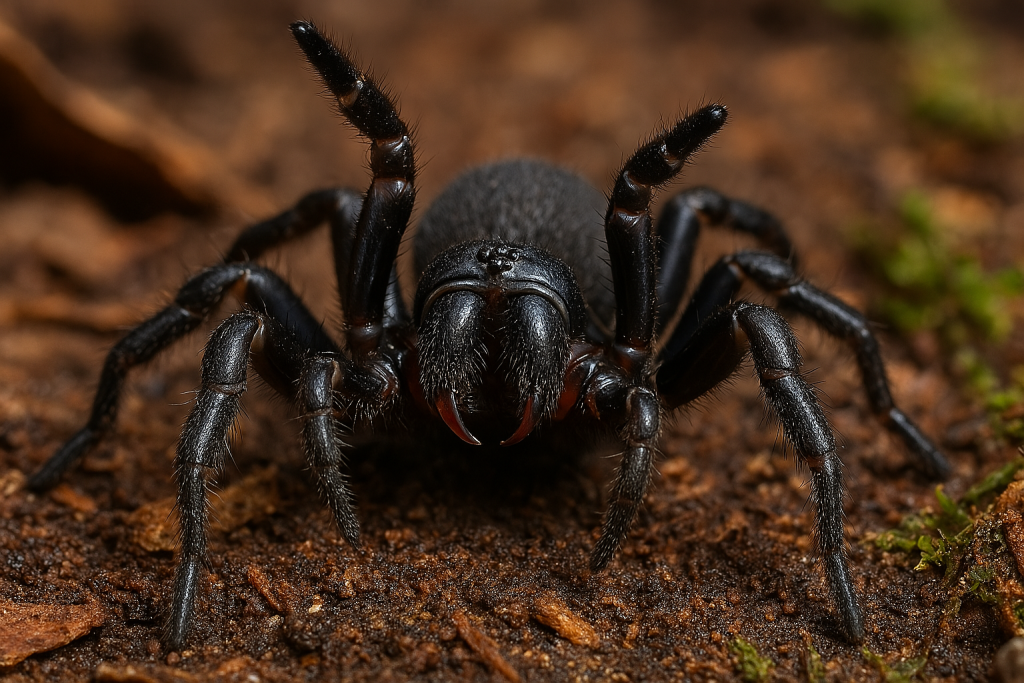
Final Thoughts
The natural world is full of awe-inspiring beauty but it also holds hidden dangers. These venomous creatures remind us how powerful and efficient evolution can be when it comes to self-defense and predation. While most of these animals don’t pose a daily threat, awareness and respect for them can save lives.
🏷️ Tags: venomous animals, dangerous creatures, lethal venom, snake venom, jellyfish sting, cone snail, box jellyfish, blue-ringed octopus, toxic wildlife, animal attacks
Only logged-in users can submit reports.
Discover more from HelpZone
Subscribe to get the latest posts sent to your email.

